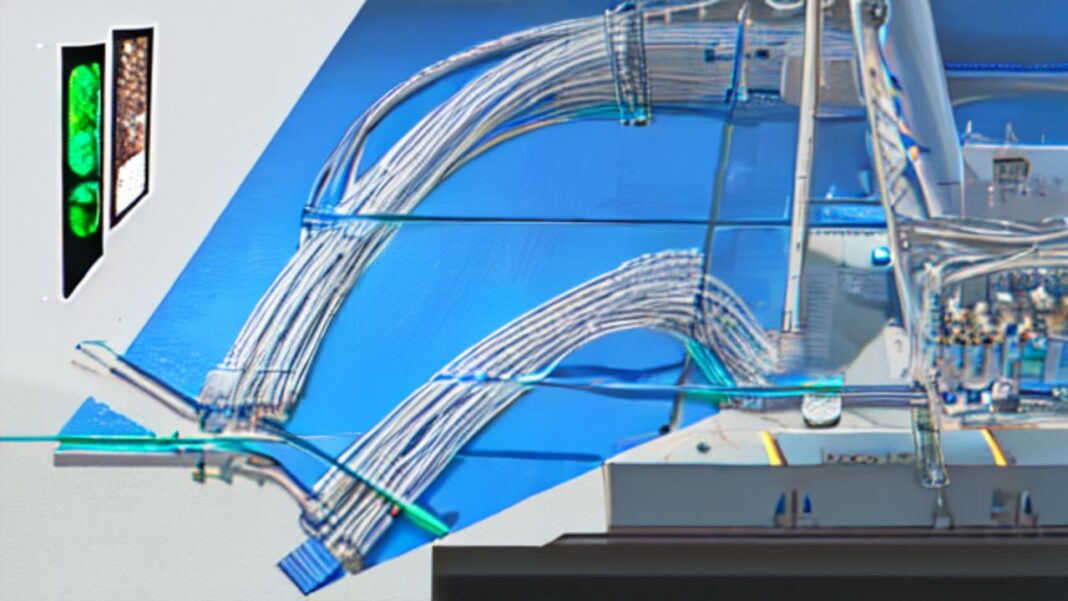The world of telecommunications is a complex one, with the choice of infrastructure playing a pivotal role in determining the efficiency and reliability of the network. Among the various components, the selection of the right fiber optic cable is crucial. Two prominent options in this regard are All-Dielectric Self-Supporting (ADSS) Fiber Optic Cable and Optical Ground Wire (OPGW) Cable. This guide delves deeper into the intricacies of these two types of cables, providing a detailed comparison to assist you in making an informed decision tailored to your specific requirements. Visit the ADSS Fiber Optic Cable Manufacturer | Bonelinks to learn more.
Understanding OPGW Cable
OPGW, or Optical Ground Wire, is a dual-purpose cable. It serves as a ground wire for shielding transmission lines from lightning strikes, while simultaneously facilitating data communication via its embedded optical fibers. The architecture of OPGW cables typically encompasses a central tube housing the optical fibers, encased by layers of steel and aluminum strands for enhanced mechanical strength and electrical conductivity.
OPGW cables find extensive application in high-voltage transmission lines where they can effectively serve their dual purpose. Their robust design renders them suitable for challenging environmental conditions, and their dual functionality can lead to cost efficiencies in certain applications.
Performance Comparison: ADSS vs. OPGW
When juxtaposing ADSS and OPGW cables, several key factors emerge, including transmission efficiency, mechanical strength, and installation prerequisites.
Transmission Efficiency: Both ADSS and OPGW cables offer superior transmission efficiency, courtesy of their optical fibers. However, the specific efficiency can fluctuate based on the quality of the fibers and the cable design.
Mechanical Strength: OPGW cables, fortified with their steel and aluminum strands, generally exhibit higher mechanical strength than ADSS cables. This makes them more suitable for high-tension applications and harsh environmental conditions.
Installation Requirements: ADSS cables are designed to be self-supporting, eliminating the need for additional support structures during installation. This can streamline the installation process and curtail costs. Conversely, OPGW cables, due to their dual functionality, often necessitate more complex installation procedures.
Selection Criteria: ADSS vs. OPGW
When deliberating between ADSS and OPGW cables, several considerations come into play:
Budget: The cost of the cables and the installation process should be factored in. While OPGW cables may offer cost efficiencies in certain applications due to their dual functionality, the more intricate installation procedures can also escalate costs.
Environmental Conditions: The conditions under which the cables will be installed and operated can significantly influence their performance. OPGW cables, with their robust design, are generally more resilient in harsh conditions.
Project Requirements: The specific requirements of your project, such as the required data transmission capacity and the physical constraints of the installation site, should also be taken into account. For instance, if high mechanical strength is a priority, OPGW cables may be the preferred choice.
Conclusion
In conclusion, both ADSS and OPGW cables offer distinct advantages and are suitable for different applications. The choice between them should be predicated on a thorough evaluation of your specific needs, including your budget, the environmental conditions, and the requirements of your project. By gaining a deeper understanding of the strengths and weaknesses of each type of cable, you can make an informed decision that will ensure the success of your telecommunications project.

